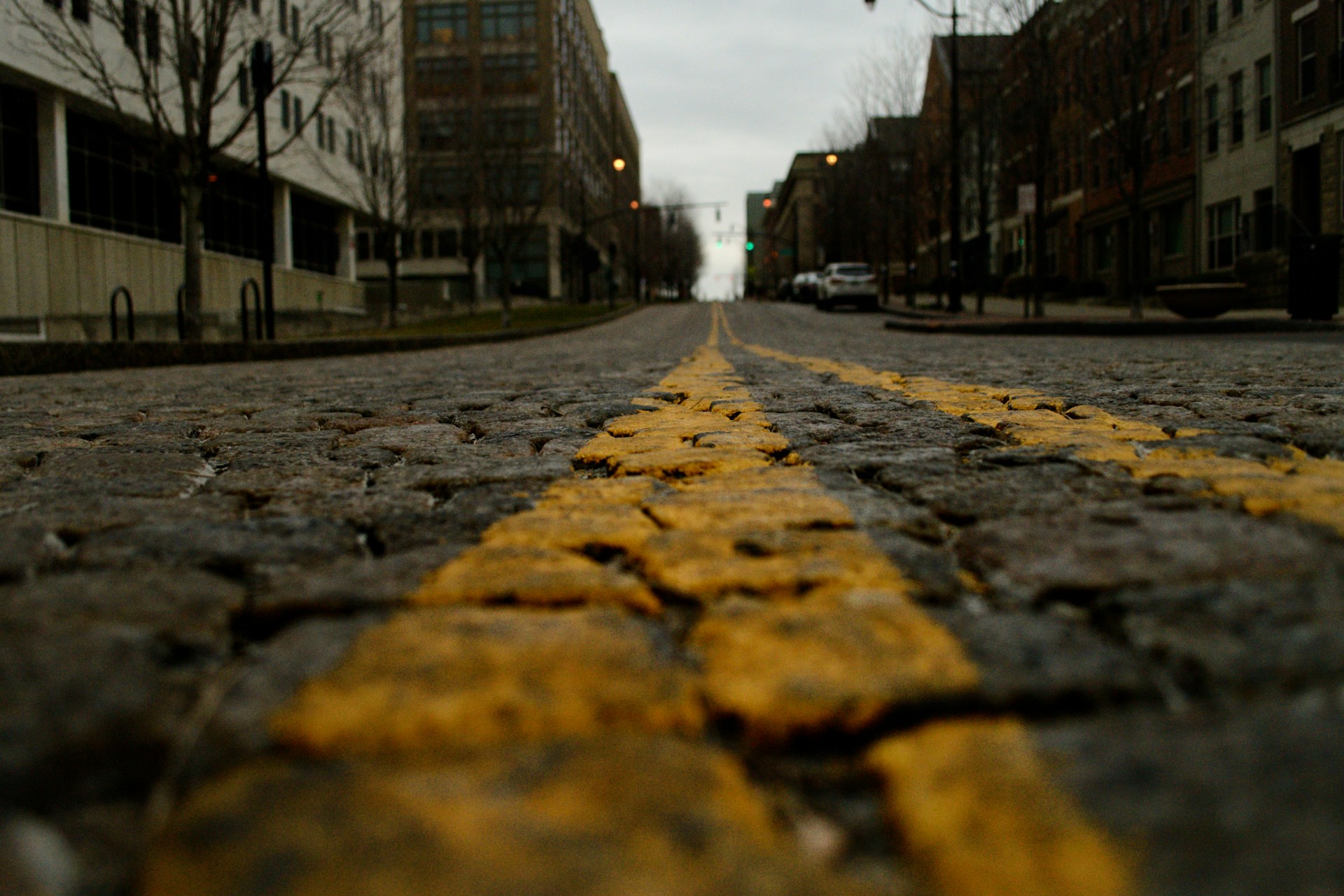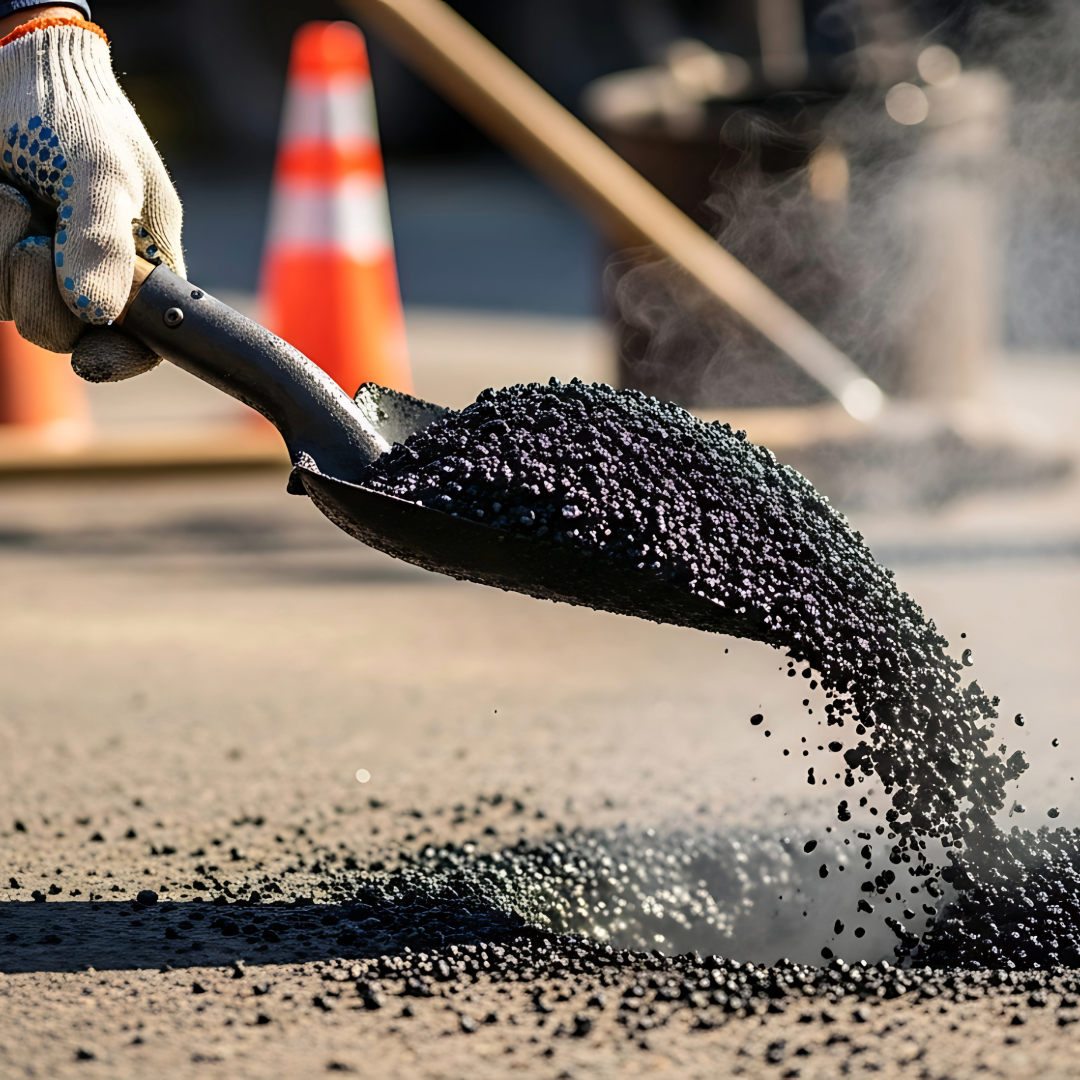Road markings don’t just help drivers follow rules—they help keep people safe. Whether it’s a stop line, a bike lane, or a lane divider, sharp and visible markings guide movement and reduce confusion on the road. When those lines start peeling, it doesn’t take long before things get unclear. Faded or broken markings can lead to missed signals, sudden stops, or drivers drifting out of position, especially when the roads are busy or visibility is low.
When road markings begin to break down, it usually signals some kind of problem underneath. Maybe the paint didn’t stick right. Maybe the surface wasn’t prepped well. Or maybe the materials weren’t made to last through a hot summer or a wet fall. No matter the cause, catching the issue early gives you a shot at fixing it before it gets worse or spreads to nearby areas. If you’re dealing with reflective road marking damage, here’s what you should look out for—and what you can do next.
Common Causes Of Peeling Road Markings
Most road markings are meant to last, but there are a few things that can shorten their lifespan. Peeling usually doesn’t happen without a reason, and figuring out why it’s happening is the best place to start. Some issues will be more noticeable in certain seasons or climates, but the causes tend to fall into three main categories.
1. Weather and environmental stress
– Rain, snow, heat, and humidity can break down paint over time, especially if the markings are exposed all year without protection
– Roads expand and shrink with temperature changes, which causes cracking underneath the paint layer
– Heavy traffic wears down surface markings faster, especially areas near intersections or on ramps
2. Low-quality or incorrect materials
– Not all paints or reflective beads are made for the same kinds of surfaces or traffic loads
– Using the wrong type of paint for the climate can mean faster fading or poor adhesion
– In some cases, the reflective layer wears off quickly if lower-grade materials are used
3. Poorly done application
– If the road surface wasn’t cleaned before painting, the markings might not stick well at all
– Skipping surface prep like priming or moisture checks often leads to peeling after just a few months
– Incorrect curing times or applying in the wrong weather (too hot, too cold, or too damp) affects how well the paint bonds with the road
A good example would be a commercial parking lot where arrows and crosswalk markings started to break up just a couple of months after installation. After checking into it, crews found that the asphalt hadn’t been fully cured when the paint was applied. That moisture trapped underneath caused bubbles that led to peeling once the weather changed. Repainting too soon can lead to the same mess all over again, so timing and prep make a big difference.
Steps To Take When You Notice Peeling
Spotting peeling road markings doesn’t mean the whole area needs to be redone, but you do need to act fast. Letting the problem grow over time can make repairs harder and more expensive. A quick check can go a long way in getting ahead of widespread wear.
Start by inspecting the area closely. This isn’t just about checking where the paint is peeling. Look for other signs too—cracking, fading, or spots where the reflective layer has rubbed off. Take multiple angles if needed to understand how visible the markings are to drivers. If lines aren’t clearly readable from several feet back, there’s already a risk.
From there, figure out which spots are most urgent. Areas near intersections, school zones, bike lanes, and pedestrian crossings should go to the top of the list. These locations get more vehicle and foot traffic, and worn-down markings can confuse both drivers and pedestrians.
Here are a few simple steps to take once damage is found:
– Snap pictures as a record of the damage
– List the areas needing attention in order of importance
– Map out location tags for maintenance schedules
– Check recent weather trends that may have impacted the surface
– Review any recent surface repairs or construction that could’ve weakened the bond
Keeping records makes it easier to track patterns. If the same area keeps fading faster than others, it could point to deeper issues like poor drainage, more sun exposure, or excessive vehicle load. Whether you manage a few lots or dozens of roads, this kind of info helps guide long-term plans.
Solutions For Repairing Peeling Road Markings
Once the peeling points are identified and documented, it’s time to talk restoration. Many factors affect how well new markings will hold—weather, surface texture, previous layers, and paint type. Skipping the prep work only leads to wasted time and materials.
The most reliable fix always begins with cleaning and prepping the surface. Remove dirt, oil, rubber buildup, and paint flakes from the existing markings. Sometimes that means sandblasting or pressure washing, especially if the surface hasn’t been touched in a while. Paint won’t stick to a greasy or dusty road, no matter how good the materials are.
Next is using the right paint and reflective beads. This might seem like a simple step, but each paint is made for a certain condition. Some work better on hot dry pavement, while others are made for cooler or damper spots. Using long-wearing reflective elements also helps these lines stay visible at night or during rain, when headlights need something to bounce off.
Lastly, make sure the team applying the markings understands timing and temperature ranges. One example involved reflective road markings that wore off within six months because they were applied the day before a heavy overnight frost. That drop in temperature kept the paint from bonding fully. When conditions were more stable, the repaint held much longer.
Preventing Future Issues
A good repair gets things back on track, but staying ahead of problems is even better. One of the biggest mistakes is only reacting when damage becomes easy to see. By then, lined areas may already be a hazard.
Set up a regular upkeep routine. The more consistent the checks, the less surprise future repairs bring. High-traffic spots might need visual checks monthly, while quieter surfaces can go a few months in between. Either way, the goal is to see wear patterns early.
Other steps that help:
– Stick with trusted materials built for your exact surface and climate
– Reapply reflectivity when brightness starts to drop
– Avoid painting during extreme weather swings
– Keep drainage systems clear, so water doesn’t sit on boundary areas and wear away the finish
Choosing long-lasting materials upfront and giving crews the right environment to work with means fewer failures down the road. Even the best paint won’t last if it’s laid down over a surface that’s damp or already breaking down.
Keeping Roads Safe And Clear
Clean, visible road markings do more than mark lanes. They give every driver, cyclist, and pedestrian the cues they need to move safely. When those markings fade or peel, it breaks that signal flow, leaving people guessing where to stop or which direction to follow. And for reflective road markings, their condition matters even more once the sun goes down.
By paying attention to how markings hold up and getting ahead of problems before they spread, you aren’t just protecting paint—you’re protecting people. Keeping the lines clear helps things move smoother, cuts confusion, and prevents accidents before they happen.
Staying on top of marking wear is a smart long-term move. Whether it’s a small lot or a long stretch of road, every touch-up counts. Well-maintained markings make all the difference when it comes to safety and reliability.
For those looking to boost daytime visibility and nighttime safety, improving overall durability with better reflective road marking is a smart move. Hyperformance Traffic Safety Supplies provides materials designed to enhance long-term road performance without overcomplicating the process.



